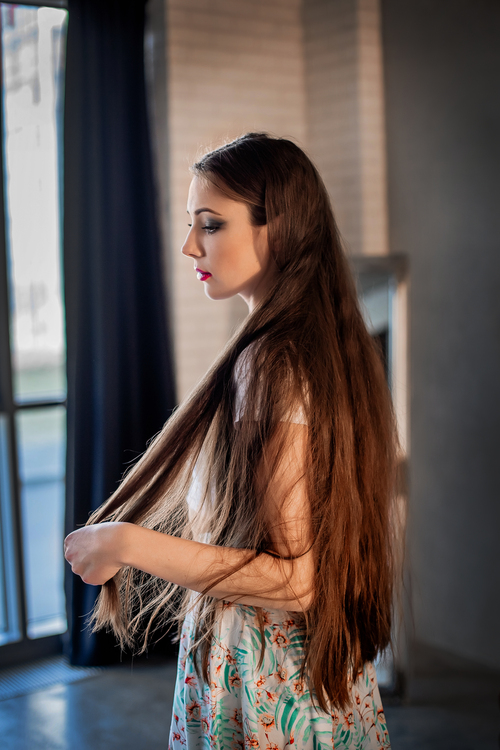Ukrainian arranged marriage
Brides club- Dating tips author

On the eve of the celebration of Ivan Kupala Day village folks would roam through the forests in search of paporot flower, an elusive and magical flower that brings great wealth. Unmarried women, wearing a Ukrainian wreath, would be the first to ukrainian arranged marriage the forest. The groom must go to the bride’s parents’ house and offer a ransom to get his bride. The bridesmaids protect the bride from getting “stolen” without a ransom.
First, the groom offers something valuable, usually money or jewellery for the bride. The parents of the bride bring out a woman or man dressed as the bride and covered with a veil, so the groom can’t see her face. If the bride’s parents meet the bridegroom at the door with a pumpkin, it means that his offer of marriage was not accepted by either the bride or by her family, and the pumpkin is something for him to carry, so that he doesn’t leave empty-handed. Blahoslovennia – This is a ritual blessing of the bride and groom by their parents. It usually takes place shortly before the wedding ceremony. The bride and bridegroom at their own homes with their parents and grandparents perform this ritual. When the bridegroom arrives as the bride’s house, after he has paid ransom for his bride, the bride and bridegroom perform this ritual together, in front of both of their parents.
Modern Eastern Orthodox Church wedding, crowning ceremony. The couple steps up on a rushnyk before they take their vows. Traditionally, the one who steps on the towel first, will have the final say throughout their marriage. During the crowning ceremony in a traditional wedding the bride’s vinok is replaced by an ochipok and namitka that covers her hair and signifies that she is now married. The groom is also crowned with a hat, symbolic of him accepting responsibility as a man. The wedding celebration can last days and sometimes weeks, with dancing, singing, long toasts, and a feast that includes the entire community. Rushnyk – is a Ukrainian embroidered long ritual cloth.
Russian brides club
Russian Brides
Dating Posts
- Russian marriage youtube
- Marriage with russian woman
- Russian muslim marriage website
- Russian dating Boston
- Russian brides Boston
- Russian dating in Los-Angeles CA
- Russian brides in United Kingdom
- Russian brides for marriage
- Russian marriage youtube
- Marriage with russian woman
- Russian muslim marriage website
- Russian widow marriage
- Russian marriage website
Recent Posts
Categories
Need Help?
Contact Us Toll-Free